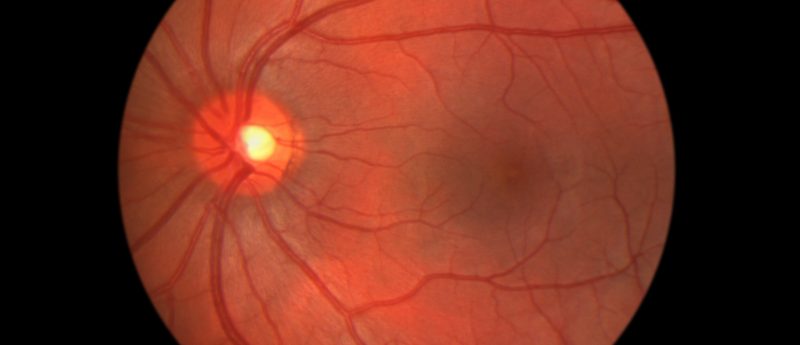Vision in Alzheimer’s disease: a focus on the anterior afferent pathway

Visual dysfunction has long been recognized as a manifestation of Alzheimer's disease (AD), particularly in the form of visuospatial impairment during all stages of disease. However, investigations have revealed findings within the anterior (i.e., pregeniculate) afferent visual pathways that rely on retinal imaging and electrophysiologic methodologies for detection. Here we focus on the anterior afferent visual pathways in AD and the measures used for assessment, including optical coherence tomography, electrophysiology, color vision testing and threshold visual field perimetry. A brief summary of higher order visual dysfunction is also included to allow the reader to keep in context the broader findings...





